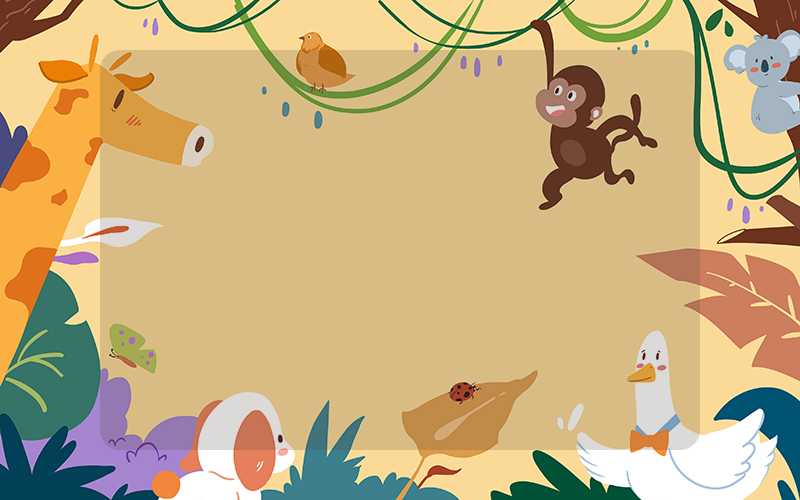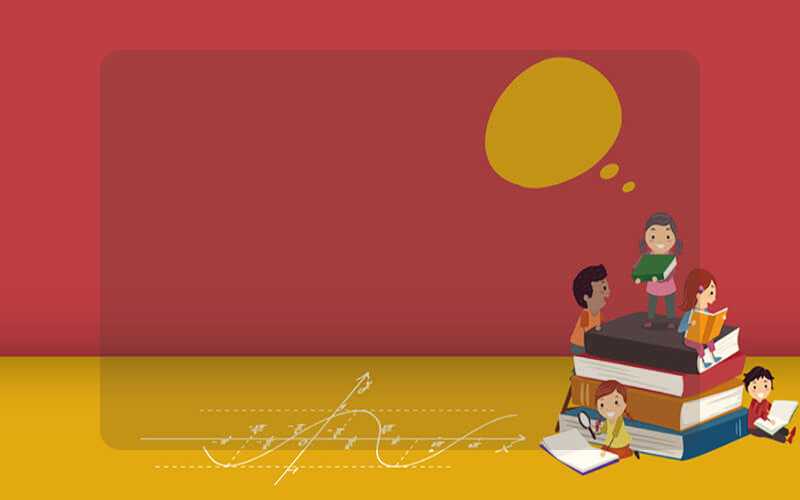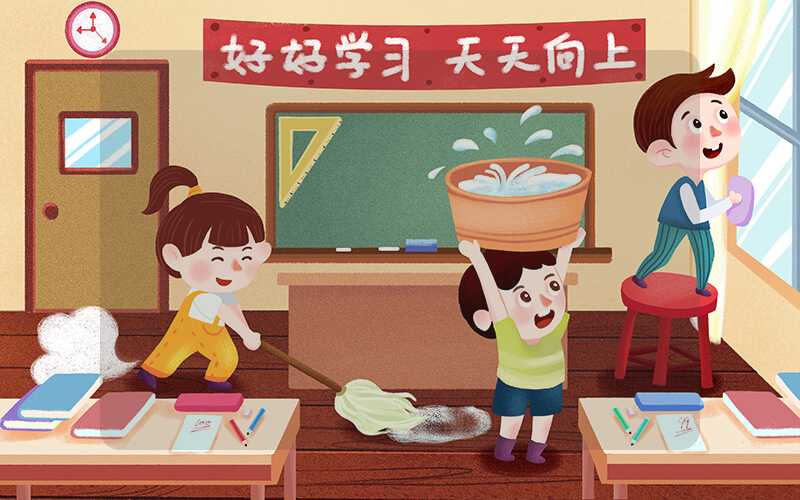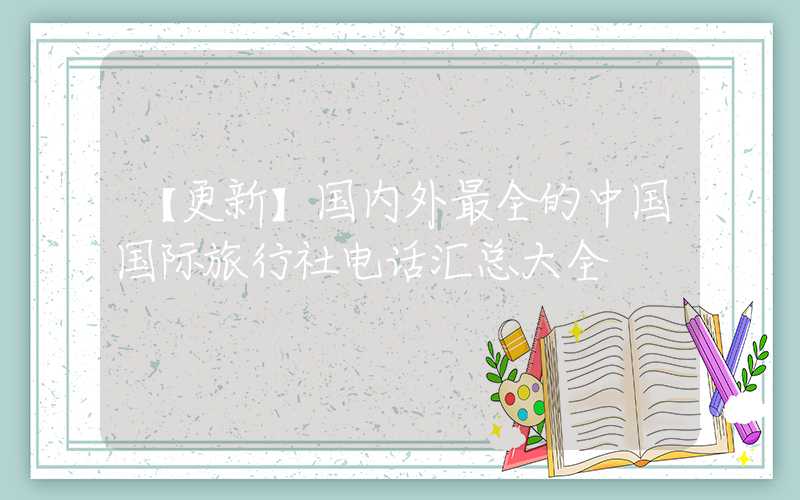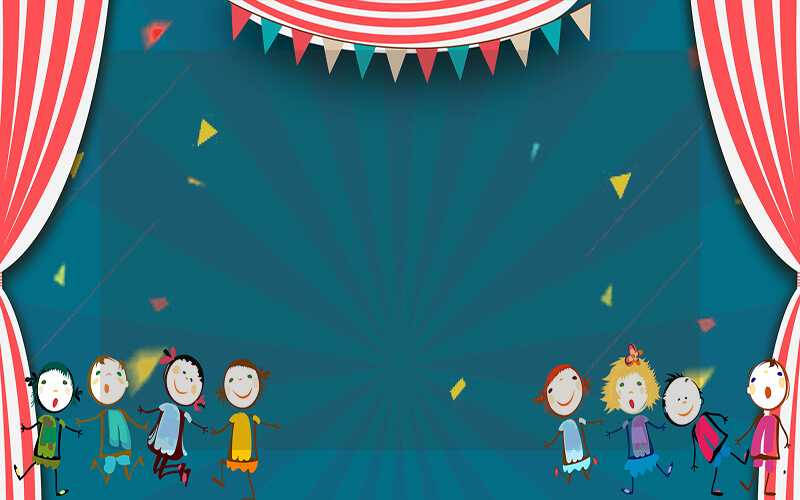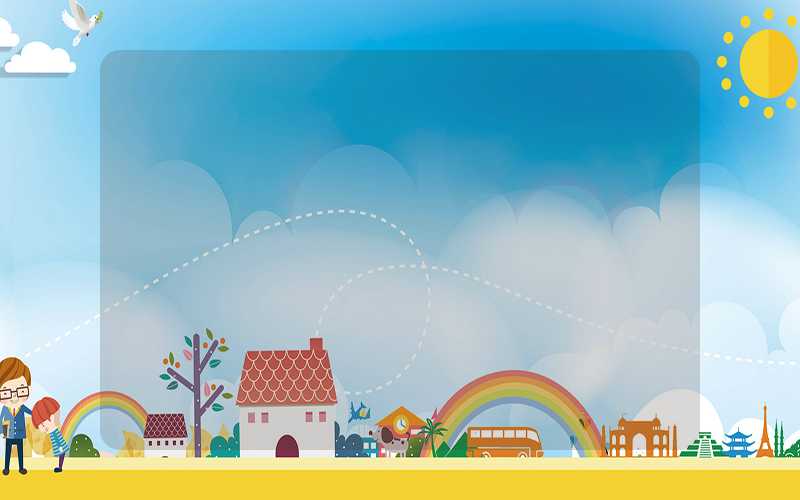Plastic trees are a common sight these days, especially in urban areas. These "trees" are artificial, made of plastic materials and intended to serve as decorative or functional elements in public spaces. While they may look nice and provide shade, plastic trees are also an alarming symbol of environmental destruction.
The use of plastic trees is concerning for multiple reasons. First and foremost, they contribute to the already enormous and growing amount of plastic waste in the world. Plastic is not biodegradable, which means that every piece of plastic ever made still exists in one form or another. The production, transportation and installation of plastic trees also require considerable amounts of energy and resources, further contributing to environmental degradation.
Moreover, plastic trees can give a false sense of security or satisfaction that nature is being preserved or enhanced. In reality, they do little to replace the natural beauty and ecological benefits provided by real trees. In fact, some studies have shown that plastic trees may actually increase urban heat islands and air pollution.
Despite these concerns, many cities continue to invest in plastic trees for aesthetic and economic reasons. It is important, however, to consider the long-term environmental impacts of such decisions, and to prioritize sustainable and natural solutions whenever possible.
One alternative to plastic trees is to invest in planting and caring for real trees. Trees provide multiple environmental benefits, such as purifying the air, absorbing carbon dioxide and providing habitat for wildlife. They also contribute to human health and wellbeing by creating shaded and pleasant environments, reducing noise pollution and enhancing community connections.
Furthermore, planting trees promotes and celebrates the inherent beauty and value of nature. In a world where natural resources are often exploited or taken for granted, planting trees is a way of showing respect and gratitude for the environment.
Another alternative to plastic trees is to prioritize the use of recycled or biodegradable materials in public art and infrastructure. By using materials that can be repurposed or returned to the earth at the end of their lifespan, cities can reduce waste, promote innovative design and contribute to a greener future.
In conclusion, the plastic tree is a striking symbol of our society's unsustainable relationship with the environment. While it may seem like a minor issue compared to other environmental threats, the use of plastic trees is indicative of a broader cultural tendency to prioritize short-term gains over long-term sustainability.
By investing in real trees and sustainable materials, we can begin to reverse this trend and create healthier and more resilient communities. It is up to all of us to embrace a more sustainable and equitable vision of the future, one that values and celebrates the natural world on which we depend.



